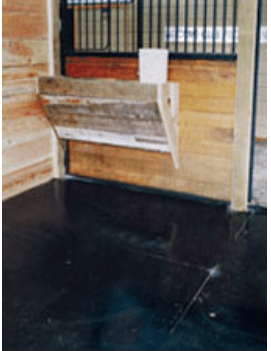
There are times when a single layer of a material simply is not suited to a project. This can occur throughout a myriad of industries, ranging from construction to furnishings. When multiple layers of material are needed, one of the easiest methods of assembly is through lamination. The process of large surface lamination occurs when two different surfaces are bonded together. These surfaces are generally the same size, but they may have differing properties.
The Most Common Uses for Large Surface Lamination
- Wood veneer. Wood veneer is frequently attached directly to other, less expensive types of wood. Both these materials are porous, but it’s important that the lamination be very strong, as this material will often be further processed to make furnishings and tools.
- Transportation flooring. The non-skid flooring of transportation equipment often has to be bonded directly to metal and other materials. Transportation flooring adhesion is particularly important because it is a safety issue; failed adhesion could lead to tripping hazards.
- In furnishings, fabric is often bonded directly to various foams. In this situation, flexibility is very important in the application; the materials will both need to retain their bond even as they may both experience bending or warping . Some furnishings may be made out of multiple bonded materials, such as leather over cloth.
- Surfaces such as counters and table tops require a high pressure laminate material. This adheres a decorative (but still long-lasting) material to a more solid base, which could be made out of wood or even metal. This type of surfacing may need to be heat and damage resistant.
Requirements for Large Surface Lamination
When large surface lamination occurs, the most important aspect is the bonding. Both adhesives and tapes are frequently used for large surface lamination, and these materials need to be able to bond to both of the surfaces. Requirements include that the adhesive used must be able to cover the full surface of both materials. They need to be flexible in some instances and more rigid in others. The adhesive needs to allow for the positioning of parts in relation to each other, and it needs to be able to bond fairly quickly and permanently without the need for excessive fixturing.
Large surface lamination isn’t only about the type of lamination, but also the size; because the surfaces are fairly large, the lamination needs to be strong, flexible, and more versatile. For situations in which a single-layer material cannot be used, TBI offers multi-layer laminates up to 64 inches in width. These premium multi-layer laminations can be further improved through the use of foils, plastic layers, pressure-sensitive layers, and other modifications. Both heat assisted lamination and cold roll lamination processes are available. If you’re interested in a multi-layer laminate assembly, contact TBI today.
